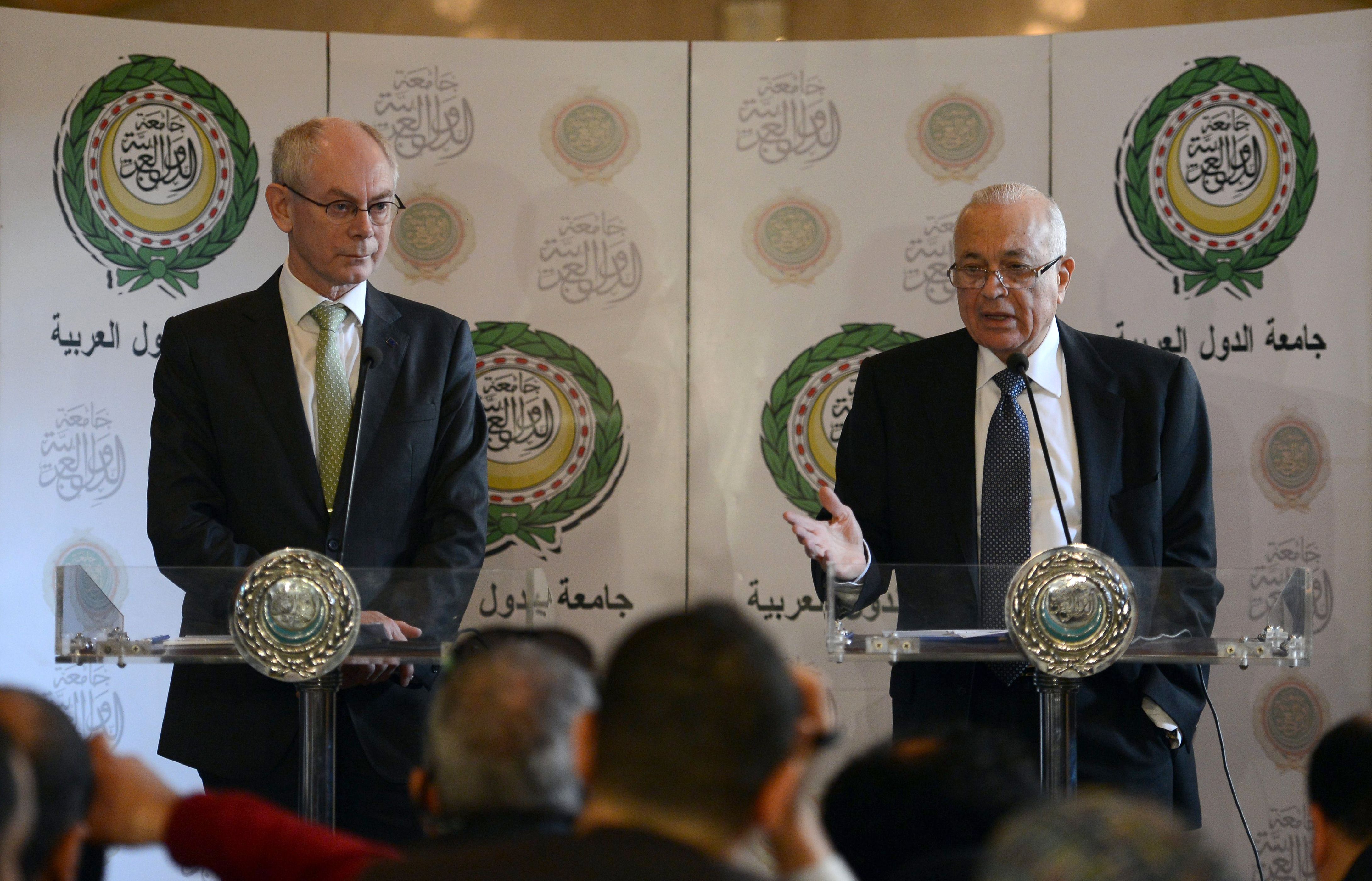
People are angry and protesting in Egypt, Turkey, Brazil, South Africa, Greece, Spain, and many other places. But it was the protests in Berlin, Germany a short time back that caught my attention. It was not the issues people were protesting about, but the police uniforms that were striking. It was a simple but brilliant mechanism for individual accountability. And as Egypt braces for a new season of protests inspired by the Tamarod campaign and the one-year anniversary of the president’s inauguration, I wonder whether this is a useful thing to consider.
Deployed in Berlin as the protestors gathered, the gear worn by the police was mostly standard – except for the jackets. Helmet, check. Bulletproof vest, check. Baton and shield, check. Jacket with unique number, what?
The police officers were wearing jackets that can uniquely identify individual officers and therefore hold them accountable for their actions. Individually identifying officers whether on a daily basis with name patches and badge numbers or with numbered jackets or helmets during crowd control are common practice in many countries.
So, from my living room in Cairo, I would be able to see if a police officer in Germany went too far and broke the law. And maybe something could be done about it. Of course, I can also tell if an Egyptian police or soldier has gone too far in controlling crowds during mass protests from my same living room in Cairo. That has been plainly obvious. We have all seen it. It was that infamous ‘blue bra’ incident that made us all gasp in horror as the young soldier stomped on a female protester’s bare chest repeatedly. The difference that I’m talking about is whether that officer can easily be held accountable, simply because of a number on his back. That’s how we keep track of footballers. Why not the police?
One of the appealing features of a strategy like this is it could be a start to addressing a fundamental issue that has been continually demanded by the population: police and government accountability. For something like numbered jackets to work, the Ministry of Interior would have to fully support an approach like this. The question is whether it would.
Ultimately, an individual would have to be identified, the situation reviewed and legal action taken if necessary. That would have to come from the ministry. That may be difficult as police institutions around the world are a strong brotherhood where you protect your own because, among other reasons, the work requires strong trust relationships. In Germany, for instance, this approach is the subject of much debate and is not practiced in all municipalities in the country because many police organisations strongly oppose it.
While I can see reasons why the ministry might want to oppose an approach like this, I can also see good reasons for supporting it. The image of the police and the relationship with the population is damaged. Some criticisms seem reasonable and valid. But it seems that the institution has been a scapegoat at times. Some police officers might see it the same way. After all, some officers demonstrated with signs about being in the service of the population not too long ago. Some might see an incentive for accountability mechanisms that might help repair that relationship.
The population tends to see the police as a homogenous institution, but in reality it is not. What we think of as the police in Egypt is a mix of professional police officers trained in the police academy, officer assistants trained in other academic institutions, and average citizens performing their national service that are significantly less professionally trained. Those in national service are often deployed in large numbers to control crowds. If these less trained men are more likely to break the law or to have a momentary lapse in judgment when things get tense, then maybe the Ministry of Interior has an incentive to back an approach like this to protect their own.
Similarly, protestors are also not a homogenous group and accountability of citizens is also necessary for Egypt to more successfully navigate this new season of protests we are entering. The label of protesting has given some citizens the cover to damage property, assault police officers and break the law in other ways. Some time ago I watched as a young man assaulted an officer sitting in traffic with a large rock causing a serious head wound and probably a concussion. Holding the police accountable should afford them the same protection.
Ultimately, putting a number on a jacket during protests is neither a cure all nor the only option. This approach might not work or other approaches might be more effective. And it certainly would need to be combined with other measures. Grievances the population has with the police extend beyond crowd control during protests. But a mechanism like this could be useful.
What is certain is that we can expect more protests, which have almost always been followed by some level of violence in clashes since the start of the January 25th Revolution. These clashes have fuelled some level of disappointment in the police. And it seems that the police are finding it difficult to do their job with things as they are. The relationship is damaged and desperately needs repair. Egypt cannot move forward without the police effectively protecting citizens and property as it did before the revolution began. That is now a harder job to do. It seems to me that it is worth considering some immediate and effective solutions to repair that relationship. The alternative of waiting to fully reform the institution and all of the time and effort it takes to do so is too expensive of an approach for Egypt now.




